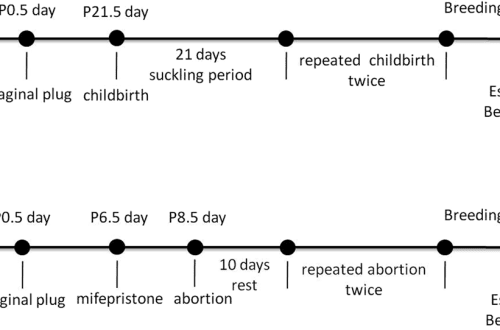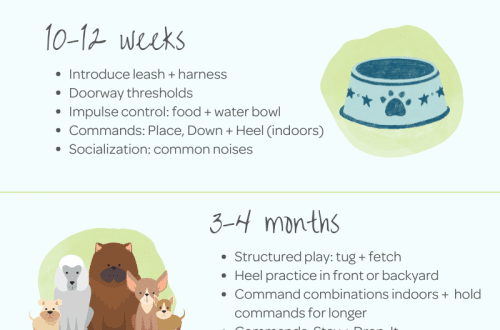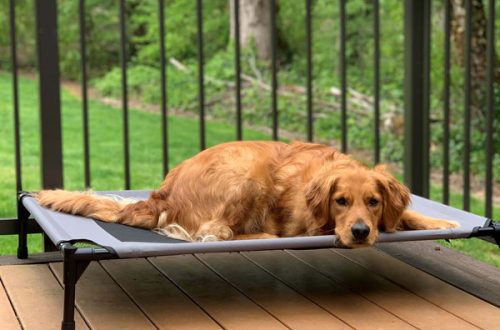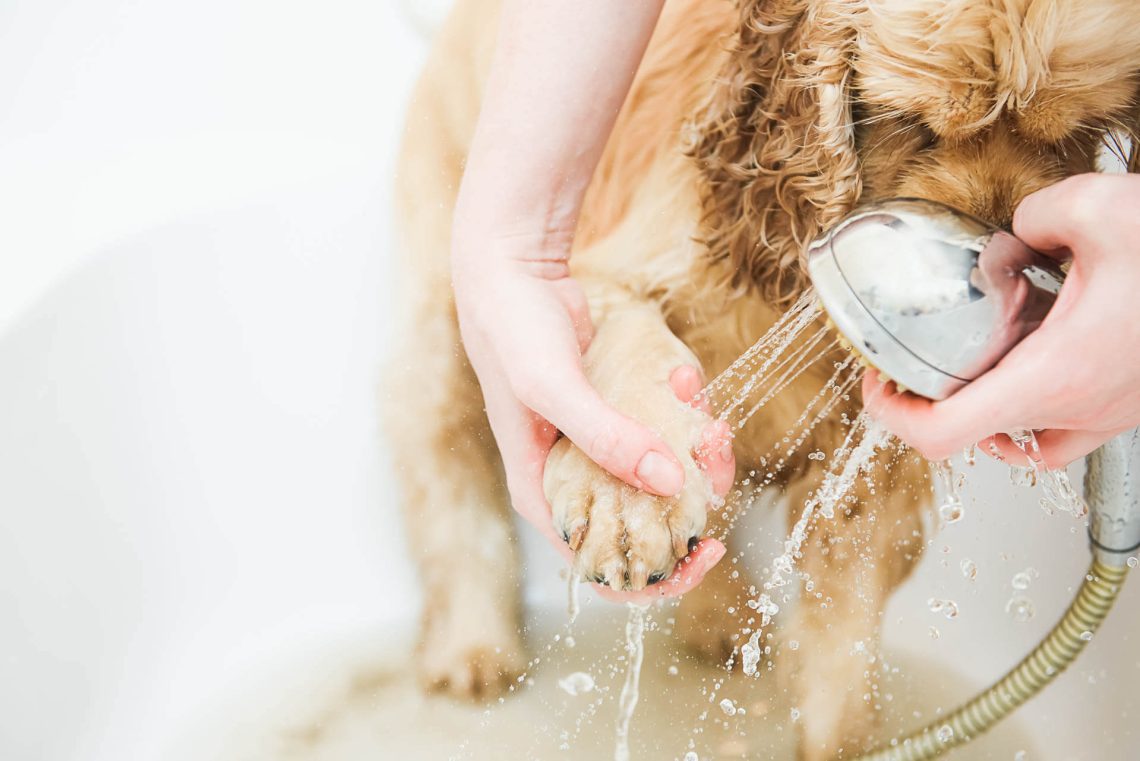
How to take care of your dog’s paws in winter
In winter, due to the cold and chemicals, the paws of dogs are especially vulnerable. And you need to know how to properly care for them. 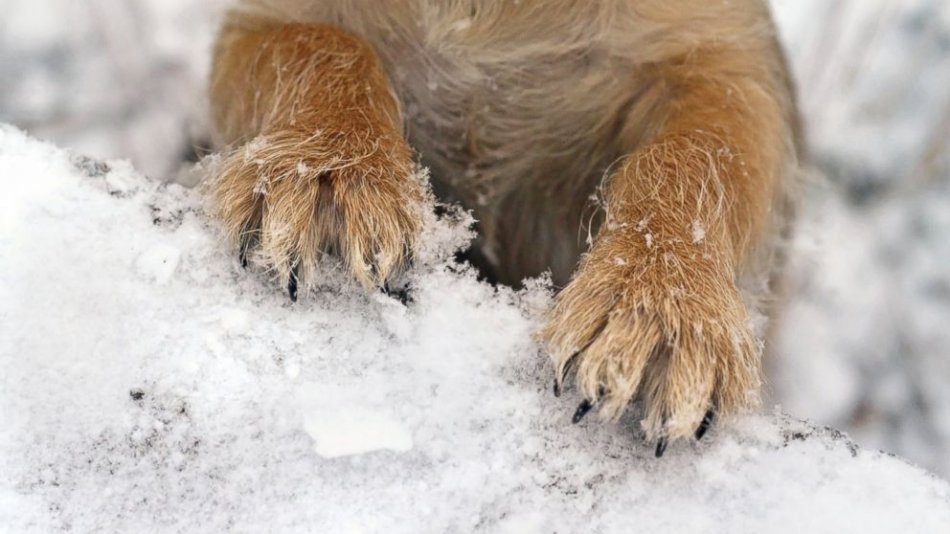
Contents
Why is it important to take care of your dog’s paws in winter?
If your pet lives outside the city, paw care in winter will be minimal: cutting nails and wool between the pads. And washing the paws if the dog is allowed to enter the house. It’s more difficult in the city, because here on the ground there are chemicals that can cause allergies or irritation of the skin of the paw pads, which means that caring for the dog’s paws in winter will be more difficult.
The chemicals used to treat roads and sidewalks are extremely dangerous. The slightest scratch or wound turns into a serious wound. Sometimes a dog, while licking the injured paw, also swallows a dangerous substance, which also does not bring health benefits.
Protective products for the care of dog paws in winter
In order for the dog’s paws to safely endure the winter, you can apply a special protective cream to the pads. After treatment, excess product is removed with a napkin. Do not use human cosmetics to care for your dog’s paws in winter! The dog is irritated by the smell of perfume additives, and it licks off the cream. To lubricate the dog’s paws in winter, you can use goose fat or vegetable oil.
Washing and clipping is a must for dog paw care in winter.
Washing is an essential element of dog paw care in winter. Paws should not be washed with hot water (it can deepen cracks and irritate the skin), but with warm water. Paws must be washed thoroughly with a soft sponge. Both the pads and the spaces between them are washable. After washing, the paws must be dried. Long-haired dogs require special care for their paws in winter. In this case, be sure to cut the hairs between the toes and trim the hair around the paws so that the skin does not sag due to the impact of the paw. Small dogs have their own sadness. Their claws grow back pretty quickly, and if you miss the moment when they need to be trimmed, they can even injure the paw. 
Cracks and peeling
Dog paw care in winter is also complicated due to the cold – it can lead to cracks and peeling on the pads. To prevent such troubles, it is worth examining the dog’s paws every day in winter. This will help to solve emerging problems in time and prevent complications. If cracks still appear, apply an emollient containing an antiseptic to the dog’s paws 2 to 3 times a day until the paws heal. If the cracks do not heal for a week or more, or dark spots that could be signs of frostbite, contact your veterinarian as soon as possible.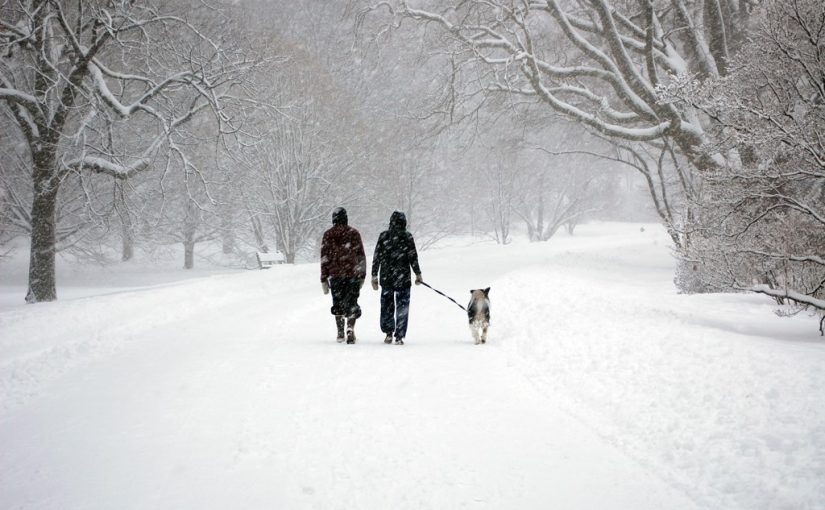 Avoid too long walks in the cold – there is a danger of frostbite of the paws. If the dog is trembling and tucks its paws, go home. A small dog is better to take in your arms.
Avoid too long walks in the cold – there is a danger of frostbite of the paws. If the dog is trembling and tucks its paws, go home. A small dog is better to take in your arms.



